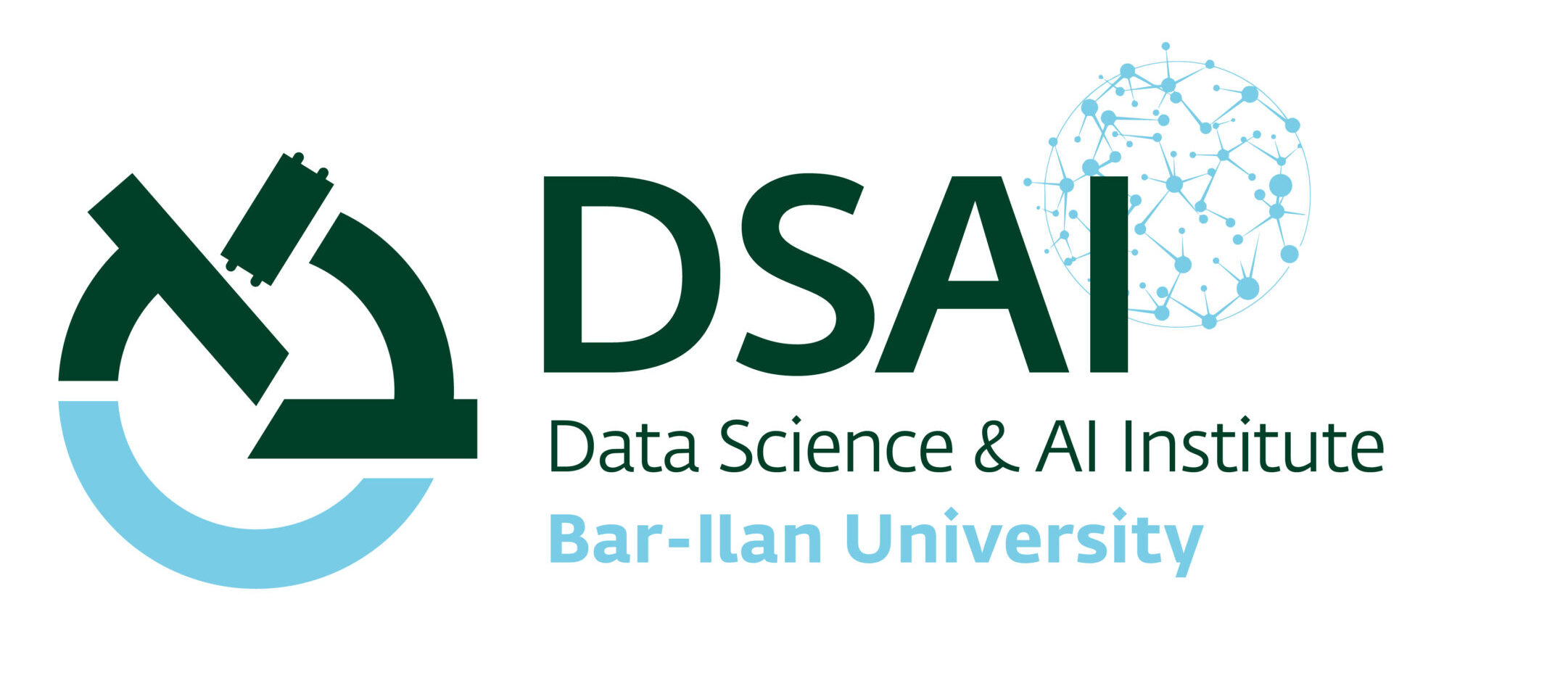
- This event has passed.
BIU Learning Club 9.5.2021 — Brain Chmiel — NEURAL GRADIENTS ARE NEAR-LOGNORMAL: IMPROVED QUANTIZED AND SPARSE TRAINING
May 9, 2021 @ 12:00 pm - 1:00 pm IDT
The recording of Brian’s talk is available here:
Zoom:
https://us02web.zoom.us/j/
Meeting ID: 844 6771 4967
Passcode: 149008
Meeting ID: 844 6771 4967
Passcode: 149008
Title:
NEURAL GRADIENTS ARE NEAR-LOGNORMAL: IMPROVED QUANTIZED AND SPARSE TRAINING
Abstract:
While training can mostly be accelerated by reducing the time needed to propagate neural gradients (loss gradients with respect to the intermediate neural layer outputs) back throughout the model, most previous works focus on the quantization/pruning of weights and activations. These methods are often not applicable to neural gradients, which have very different statistical properties. Distinguished from weights and activations, we find that the distribution of neural gradients is approximately lognormal. Considering this, we suggest two closed-form analytical methods to reduce the computational and memory burdens of neural gradients. The first method optimizes the floating-point format and scale of the gradients. The second method accurately sets sparsity thresholds for gradient pruning. Each method achieves state-of-the-art results on ImageNet. To the best of our knowledge, this paper is the first to (1) quantize the gradients to 6-bit floating-point formats, or (2)achieve up to 85% gradient sparsity — in each case without accuracy degradation.
While training can mostly be accelerated by reducing the time needed to propagate neural gradients (loss gradients with respect to the intermediate neural layer outputs) back throughout the model, most previous works focus on the quantization/pruning of weights and activations. These methods are often not applicable to neural gradients, which have very different statistical properties. Distinguished from weights and activations, we find that the distribution of neural gradients is approximately lognormal. Considering this, we suggest two closed-form analytical methods to reduce the computational and memory burdens of neural gradients. The first method optimizes the floating-point format and scale of the gradients. The second method accurately sets sparsity thresholds for gradient pruning. Each method achieves state-of-the-art results on ImageNet. To the best of our knowledge, this paper is the first to (1) quantize the gradients to 6-bit floating-point formats, or (2)achieve up to 85% gradient sparsity — in each case without accuracy degradation.
